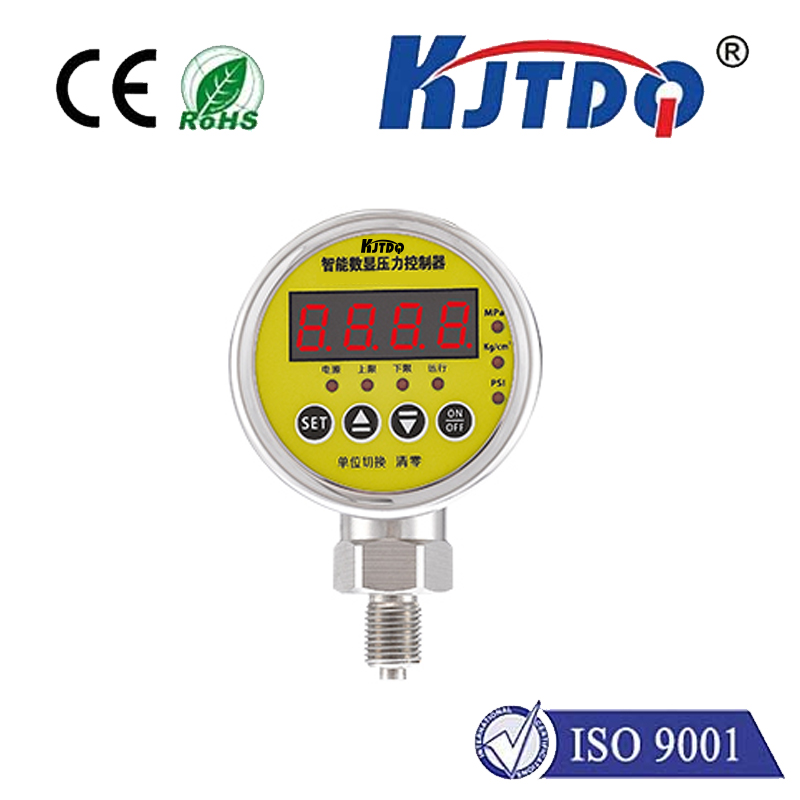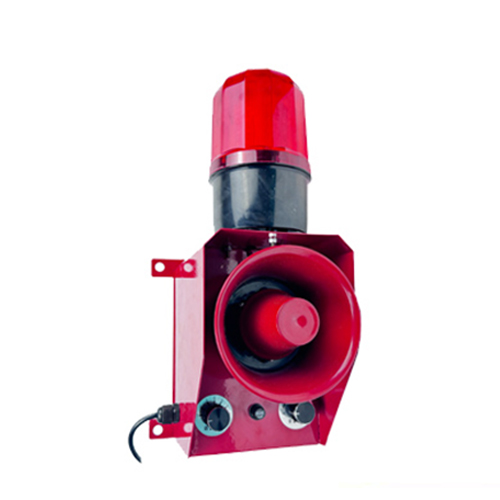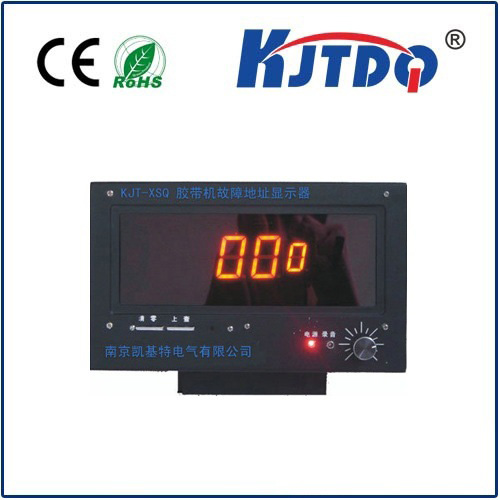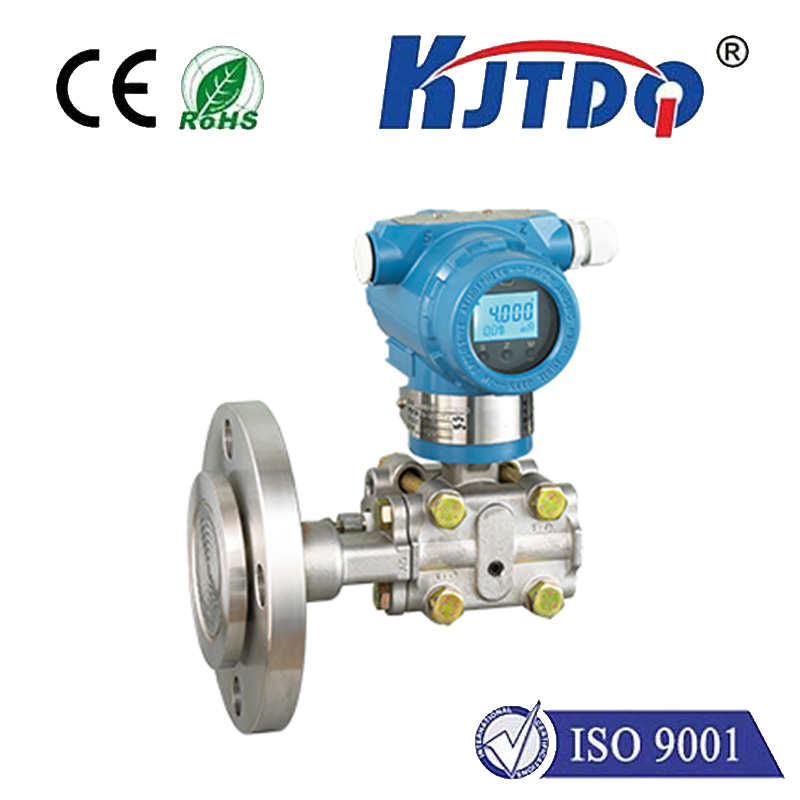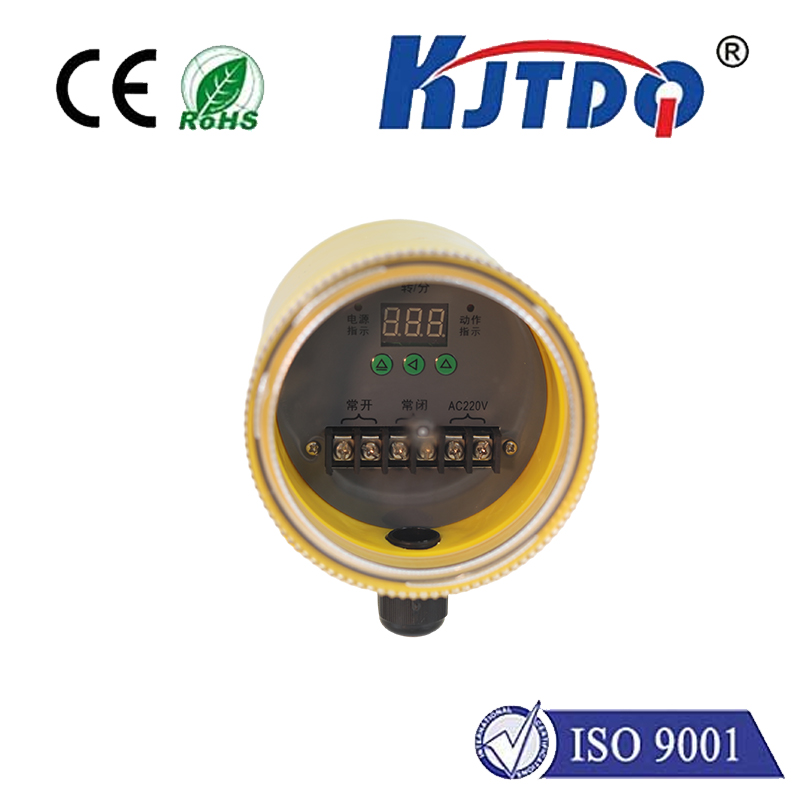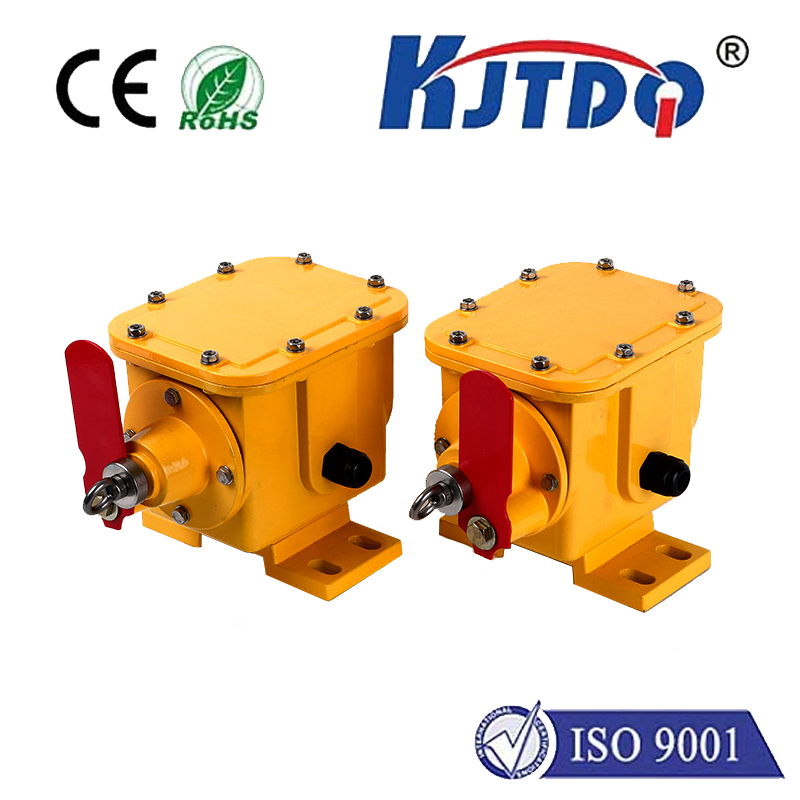конденсаторный сенсор
- time:2025-07-18 08:14:43
- Нажмите:0
Touch Sensor Capacitive: The Invisible Technology Powering Modern Interaction
From the smartphone effortlessly responding to a gentle tap to the sleek control panel on your kitchen appliance registering precise selections, capacitive touch sensors have quietly revolutionized how we interact with technology. Unlike their mechanical predecessors, these sensors offer a seamless, intuitive, and highly responsive interface, becoming the de facto standard across countless devices. But what exactly makes a конденсаторный сенсор work, and why is it so ubiquitous? Let’s delve into the fascinating science behind this invisible technology.
The Core Principle: Sensing the Human Touch Through Capacitance
At its heart, a capacitive touch sensor operates by detecting changes in an electrical property called capacitance. Capacitance is the ability of a system to store an electrical charge. Imagine two conductive plates separated by a non-conductive (dielectric) material – this forms a simple capacitor. The конденсаторный датчик essentially creates such an electric field within its structure.
The human body is an excellent (albeit somewhat unpredictable) conductor of electricity. When your finger approaches or touches the surface of a capacitive touch sensor, it alters the existing electric field. Specifically, it introduces a new conductive path and changes the capacitance of the system at that precise location. This change is incredibly minute but measurable.
The sensor’s controller circuit is constantly monitoring the capacitance levels across the entire sensor grid. When the change caused by the finger surpasses a predetermined threshold, the controller interprets it as a valid touch input. The key here is that physical force isn’t required – mere proximity can often be sufficient (though true touch is usually the target), making the interaction feel natural and effortless.
Surface vs. Projected: Two Main Flavors of Capacitive Sensing
There are two primary configurations for capacitive touch sensors, each suited to different applications:
- Surface Capacitive (SCAP):
- This simpler method uses a single conductive layer (like Indium Tin Oxide - ITO) coated uniformly on one side of a transparent insulator (like glass).
- Electrodes at the corners apply a low-voltage AC signal across the conductive layer, creating a uniform electrostatic field.
- When a finger touches the surface, it couples capacitively with the conductive layer, drawing a small current. The controller measures the relative current from each corner to pinpoint the touch location.
- Преимущества: Relatively simple construction, good optical clarity, durable surface, cost-effective for larger single-touch panels.
- Limitations: Generally supports only single-touch, sensitive to electromagnetic interference (EMI), performance can degrade with contaminants like water droplets.
- Общее назначение: Public kiosks, industrial controls, some older touchscreens, vending machines.
- Projected Capacitive (PCAP or PCT):
- This is the dominant technology in modern smartphones, tablets, laptops, and premium appliances.
- Here, the conductive layer is etched into a grid pattern of rows and columns (like microscopic wires or diamond shapes), creating a matrix of individual capacitors. This grid is usually embedded within the display stack or under a protective cover lens.
- Two sensing methods are prevalent:
- Self-Capacitance: Measures the capacitance change of each row and each column independently. Effective but can struggle with accurate multi-touch location resolution (“ghosting”).
- Mutual Capacitance (Most Common): Measures the capacitance at each intersection point between a row (transmitter) and a column (receiver). The controller scans the entire grid, exciting one row at a time and measuring the capacitive coupling changes on all columns. This allows for precise tracking of multiple independent touch points simultaneously.
- Преимущества: True multi-touch capability (pinch, zoom, rotate), superior accuracy, excellent responsiveness, works well with styluses (capacitive), high durability under glass, superior immunity to surface contaminants (can often work with light gloves or through thin materials).
- Limitations: Generally more complex and costly to manufacture than SCAP, requires sophisticated controllers, performance can be impacted by thick gloves or some screen protectors.
- Общее назначение: Smartphones, tablets, laptops, car infotainment systems, modern ATMs, advanced home appliances, wearables.
Why Capacitive Dominates: Key Advantages
The widespread adoption of capacitive touch sensors is no accident. They offer compelling benefits:
- High Responsiveness & Accuracy: Detects light touches instantly and with high precision, crucial for smooth scrolling and precise selections.
- Multi-Touch Capability (PCT): Essential for modern gestures like pinching and zooming, fundamentally changing user interaction paradigms.
- Долговечность: Solid-state design (no moving parts) translates to high mechanical reliability. The sensor sits protected behind a durable glass or plastic overlay.
- Aesthetics: Transparent electrodes (like ITO) offer excellent optical clarity, creating sleek, modern interfaces that integrate seamlessly with displays.
- User Experience: The intuitive nature of direct touch interaction feels natural and requires minimal learning curve.
Beyond Screens: The Diverse Applications
While touchscreens are the most visible application, capacitive sensing technology extends far beyond:
- Touch Controls: Replacing mechanical buttons on appliances (ovens, cooktops, coffee makers), audio equipment, and automotive dashboards for a sleek look and resistance to spills/dirt.
- Proximity Sensing: Detecting hand movement near a device without physical contact (e.g., automatic soap dispensers, touchless faucets with gesture control, phone screen turning off when held to ear).
- Position Sensing: Used in some trackpads and for precise control in specialized equipment.
- Wearable Health Monitors: Sensing subtle physiological signals like heart rate through capacitive changes against the skin.
- Industrial HMI: Robust touch interfaces for machinery control panels in demanding environments.
The Future: Enhanced Sensitivity, Flexibility, and Integration
Capitive touch sensor technology continues to evolve. Key trends include:
- Improved Noise Immunity: Enhancing performance in electrically noisy environments.
- Working with Any Object: Research into sensors that can reliably detect non-conductive styli or objects with specific properties.
- Embedded Under Metal/Flexible Displays: Developing techniques to integrate sensors beneath non-traditional surfaces like metal casing or flexible OLEDs.
- Seamless Integration: Further miniaturization and tighter integration with display drivers (Touch Controller Integration - TDDI).
- Advanced Gestures & Hover: More sophisticated gesture recognition and reliable hover detection for richer interactions.
The Invisible Perfection
The capacitive touch sensor is a marvel of modern electronics. By harnessing the subtle electrical properties of the human body and translating minute capacitance changes into precise digital commands, it enables the intuitive, multi-faceted interactions we have come to expect. From the pocket-sized powerhouse that is your smartphone to the intelligent appliances in your home and the sophisticated interfaces in your car, this invisible technology continues to shape and enhance our digital experiences. Its blend of reliability, precision, and user-centric design ensures the capacitive touch sensor will remain at the forefront of human-machine interaction for years to come.




